When you search for ‘roof definitions,’ you’re likely looking to understand the essential components and varied types that make up the roofs over our heads. A roof is more than just the top layer of a building; its design, materials, and structure are crucial for protection and architectural style. From classic pitched roofs to innovative green rooftops, each serves a particular purpose and reflects engineering ingenuity. This guide offers a detailed dive into the multi-layered world of roofing, providing clarity on everything from basic structures to the intricacies of roof shapes and materials.
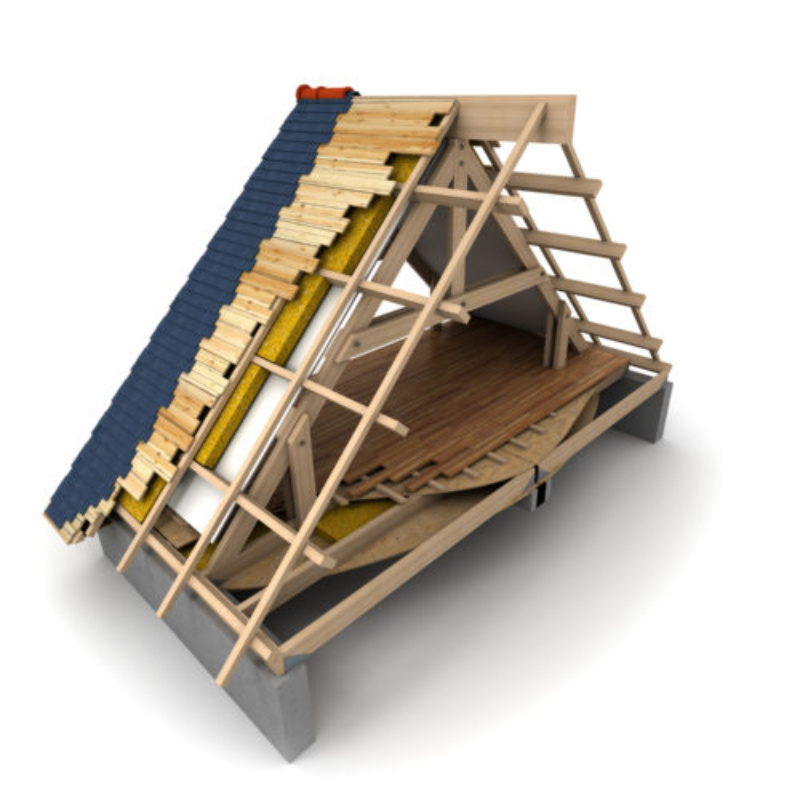
Exploring the Multifaceted Definitions of “Roof”
While the term ‘roof’ is common knowledge, it carries a host of meanings and functions. At its essence, as defined by Dictionary.com and Collins English Dictionary, a roof is the top covering of a building, serving as the primary shield against the whims of weather: rain, snow, sunlight, and wind. However, take a moment to reflect on the vast diversity encapsulated within this term. From the flat roofs that embrace the open sky to the pitched roofs that slice through the air, each roof tells a story of climate, culture, and creativity.
Whether it’s the quaint domestic roofs that dot suburbia or the grandiose ceilings of cathedrals, every roof has a tale to tell, a purpose to fulfill, and a beauty to behold.
The Basic Structure: Defining Roof Noun
A closer look at the anatomy of a roof reveals a complex assembly of materials and structures. The components of a roof include:
- Shingles or tiles: the outermost layer, providing protection against nature’s forces
- Sheathing: a foundational fabric of boards or sheet materials, supporting the outer layer
- Trusses and beams: the skeleton of the roof, providing structural support
Without these components, a roof would be as limp as a puppet without its strings.
This basic structural triad of shingles, sheathing, and support is the unsung hero of the roof noun, a marvel of engineering that spans across the same roof of a cosy cottage or the open timbered roof of a grand hall. It is the silent guardian that stands firm, come rain or shine, a sentinel roofed over our heads.
Specialized Types of Roofs
However, not all roofs are created equal. Enter the specialized types: the cool roofs, with their high reflectivity, act as the building’s sunhat, reflecting sunlight and keeping interiors blissfully cooler. Roofs have embraced nature too, with roof garden or green roofs transforming barren spaces into verdant oases in the sky, contributing to environmental well-being and offering a slice of greenery amidst the urban expanse. These tailored roofs are not just about shelter but about making a statement, about taking a stand for the planet. They are the visionaries of the roofing world, turning rooftops into canvases for innovation and sustainability.
Roofing Innovations
Moreover, innovation in roofing extends beyond cool roofs and greenery. The industry is continuously pushing the envelope, developing energy-efficient tiles, and integrating solar panels that harness the sun’s energy. Such roofing technologies redefine the role of a roof from a passive shield to an active participant in a home’s energy ecosystem, significantly impacting energy efficiency and sustainable design.
For example the British Museum’s Great Court, its glazed canopy a tessellation of over 3,000 glass panels, a testament to the marriage of aesthetic grace and environmentally-friendly innovation. These are not just roofs; this is an example and glimpse at the future where our homes work in harmony with nature, where our shelters not only protect us but also power our lives, featuring elements like dormer windows for added architectural beauty.
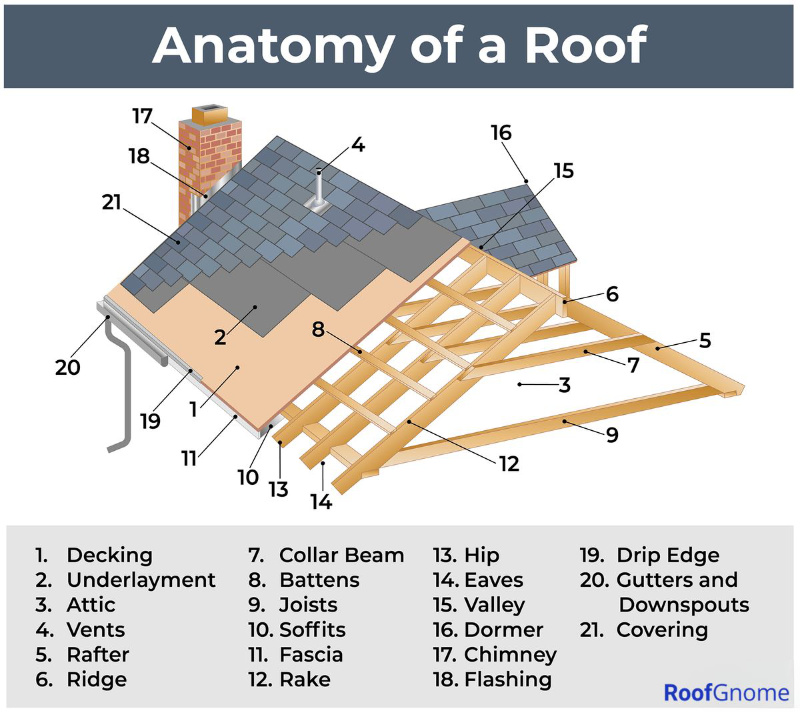
The Anatomy of a Roof: Components and Design
The roof, a complex entity, is a symphony of parts collectively achieving the perfect balance between form and function. Its anatomy is a medley of components, including flat roof options, such as:
- Tiles
- Underlayment
- Flashing
- Gutters
All of these elements are meticulously put together to provide security and style. The design ensures effective water drainage through strategic slopes and gutters. It also incorporates architectural features like eaves and gables, enhancing both the building’s look and structural integrity. The roof is more than a covering, its is can be in some cases a building’s architectural expression.
From Ridge to Eave: Understanding Roof Shapes
Examining the variety of roof shapes resembles a journey across diverse cultures and climates. In regions drenched with rain, the sloped pitch of gable or hipped roofs are as essential as the conical thatched roofs in rural settings, ensuring water finds no respite on their surfaces. Contrast this with the flat roofs of arid lands, where rain is a rare guest and the flat expanse is a canvas for the sky.
The evolution of roof shapes is a narrative of necessity and aspiration, where the functional meets the fantastical. From simple flat designs to intricate domes and gables, roofs not only serve as covers or forms for the upper part of a building but also define its character and silhouette against the sky.
Material Matters: Stone, Metal, and Beyond
A roof’s materials diverge as much as the landscapes they occupy. Historically, roofs were crafted from what was at hand—straw, leaves, branches, and stone. Today, the palette includes:
- concrete and steel, materials that speak of strength and endurance
- asphalt shingles
- metal roof panels
- wood shakes
- clay tiles
Modern roofing materials are a testament to humanity’s resourcefulness and innovation.
Consider the BMT, or Base Metal Thickness, a measure of steel’s mettle before it’s fortified with protective coatings, a small detail that speaks volumes about the meticulousness of modern roofing. And let’s not forget the iconic blue domed roofs of Santorini, where beauty meets utility in a dance of sunlight reflection and water collection.
Ensuring Integrity: Water Damage and Maintenance
A roof’s integrity is crucial, acting as a strong shield against the elements. Using durable materials is the first step in ensuring the roof lasts long and needs less frequent maintenance, especially in areas with extreme weather.
Insulation is another important factor, keeping the interior comfortable and energy costs low. The right insulation, suited to the building’s specific climate, is essential for effective temperature control.

Roof Terms and Phrases
Roofing has its own unique lexicon that resonates with the core of construction and design. Terms like ‘Colorbond®,’ a synonym for durability and resilience in sheet metal roofing, reflect the industry’s vernacular, a language steeped in the practicalities of weather resistance and longevity. The verb ‘roof,’ dating back to Middle English, encapsulates the act of sheltering, a word that has evolved alongside the structures it describes.
To truly understand the world of roofing is to grasp the specific terms and phrases that define it—a language that is as precise as it is poetic, essential for clarity in professional settings and in the everyday discourse of construction.
Roof-Related Idioms and Their Meanings
Roofs have permeated our everyday speech, inspiring idioms that enrich our conversations with images of height and protection. Some examples include:
- To ‘hit the roof’ is to express fury, a metaphor for rage that seems to burst through the ceiling.
- ‘Going through the roof’ can signify a spike in intensity or a loss of composure.
- ‘Raising the roof’ brings to mind a thunderous uproar of celebration or protest.
These expressions are more than mere turns of phrase; they are idioms that encapsulate strong human emotions, such as being extremely angry, painting them with the broad strokes of architectural imagery.
They remind us that the concept of the roof is deeply ingrained in our psyche, a symbol of our most visceral reactions.
Roof in the Vernacular: Colloquial Uses
The word ‘roof’ also holds a place of prominence in our everyday language, often used in a figurative sense to symbolize shelter and inclusivity. The phrase ‘under one roof’ conjures images of unity and togetherness, be it a family gathered in a home or an array of services housed in a single location. It’s a term that evokes a sense of completeness, an encapsulation of all that is needed within a bounded space.
In this way, the concept of the roof transcends its physical form, becoming a metaphor for the spaces we inhabit and the communities we forge. It is a testament to the roof’s ubiquity in our lives, not just as a physical structure but as a cornerstone of our language and cultural understanding.

Roof Etymology: Tracing the Word’s Origins
The term ‘roof’ has historical roots, tracing back to Old English ‘hrōf’, sharing similarities with Dutch ‘roef’ and Old Norse ‘hrōf’, all referring to coverings and cabins. Its Proto-Germanic origins weave a tapestry of linguistic connections across the Germanic family, from Old Frisian to Middle Dutch, but its story remains uniquely its own, diverging from the thatched roots of ‘þæc’.
This etymological exploration reveals the depth and breadth of the word, showcasing how the term ‘roof’ has sheltered a multitude of meanings and uses over the centuries.
The Evolution of “Roof” in Language
The evolution of ‘roof’ in the English language showcases its resilience and adaptability. The noun has been a part of the English lexicon since the Old English period, predating the year 1150, a testament to its enduring presence in our speech. As a word, ‘roof’ has weathered the storms of language change, maintaining its core meaning while expanding to encompass a wider range of connotations and uses.
It is a word that has borne witness to the evolution of the structures it describes, from the simplest shelters to the most elaborate edifices, a constant in the ever-changing landscape of language and word forms.
Plurality and Usage: Roofs vs. Rooves
The plural form of ‘roof’ has an interesting history, with both ‘roofs’ and ‘rooves’ tracing back to early Old English. While ‘rooves’ has waned in common usage, giving way to the more prevalent ‘roofs’, its historical form still lingers in some dialects and older varieties of English. In fact, the term “plural roofs” is often used to describe the various forms and styles of roofs found in architecture.
The American English language stands firm in its preference for ‘roofs’, a reflection of the shift towards standardization and regularity in plural forms. This linguistic transformation from ‘rooves’ to ‘roofs’ exemplifies the dynamic nature of language, constantly reshaping itself in response to the patterns of common usage.
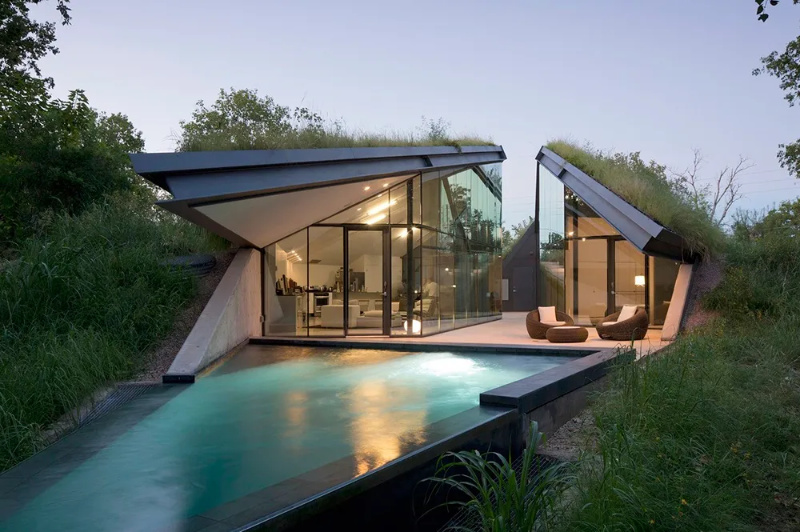
Roofs in Building Design
More than a functional necessity, a roof is an architectural statement that architects utilize to bestow a unique character and distinction on a building. The silhouette of a roof against the sky can define an entire structure, its shape and style integral to the building’s visual impact and narrative.
From the dramatic pitch of a gable roof to the serene curve of a dome, roofs are the crowning jewels of architectural design, reflective of both the practical needs and the aesthetic aspirations of a culture. They are not merely shelters but symbols of identity, expressions of the human spirit in built form.
Iconic Roofs Around the World
From St. Basil’s Cathedral’s onion domes to Bangkok’s Grand Palace’s glittering ‘Golden Roof’, roofs worldwide serve as cultural and heritage icons. These iconic roofs, like the resilient red tiles of St. Stephen’s Cathedral and Dubrovnik’s Old Town, not only protect but also symbolize the spirit of the places they crown.
Architectural marvels like:
- the dome of St. Peter’s Basilica
- the Taj Mahal’s white marble dome
- the Sydney Opera House’s sails
- Olympiapark’s tensile structure
- the Chrysler Building’s terraced crown
are testaments to human creativity and ingenuity, embodying both historical significance and breathtaking beauty. These structures are modern-day marvels, pushing the boundaries of what roofs can be—a testament to innovation and the relentless pursuit of the extraordinary.
The Role of Roofs in Cultural Heritage
The term ‘roof’ has a revered spot in our cultural lexicon, symbolizing not just a building’s physical peak but also the concept of highest point or upper limit. This metaphorical usage underscores the deep-seated cultural significance of roofs throughout history. They are not merely architectural elements but also symbols of aspiration and achievement. From the humble thatched roofs of ancestral dwellings to the grandiose domes that crown our most revered institutions, roofs narrate tales of our past, present, and future aspirations.
They encapsulate the essence of shelter and protection, serving as timeless emblems of human persistence and the unrelenting quest to leave a mark on the horizon.
Summary
The exploration of roofs reveals a fascinating tapestry of form, function, and symbolism. From the basic structures that provide shelter to the innovations that offer environmental benefits, roofs encompass a wide spectrum of designs and materials. They shape our language, reflect our cultural heritage, and stand as testaments to human creativity and resilience. The architectural significance of roofs extends beyond their practical purpose, positioning them as defining features in the narrative of our built environment. As we’ve journeyed through the various facets of roofs, it is clear that these elements are not just components of a building, but rather, they are intrinsic to the architectural expression and cultural identity of societies worldwide. May this guide inspire you to look up and appreciate the stories that unfold above us, under the watchful guard of the ever-present roof.
May this guide inspire you to look up and appreciate the stories that unfold above us, under the watchful guard of the ever-present roof. If your roof needs some attention, consider roof restoration with Fremantle Roofing Services. Let us help you maintain the beauty and strength of your roof, ensuring it protects and inspires for years to come.

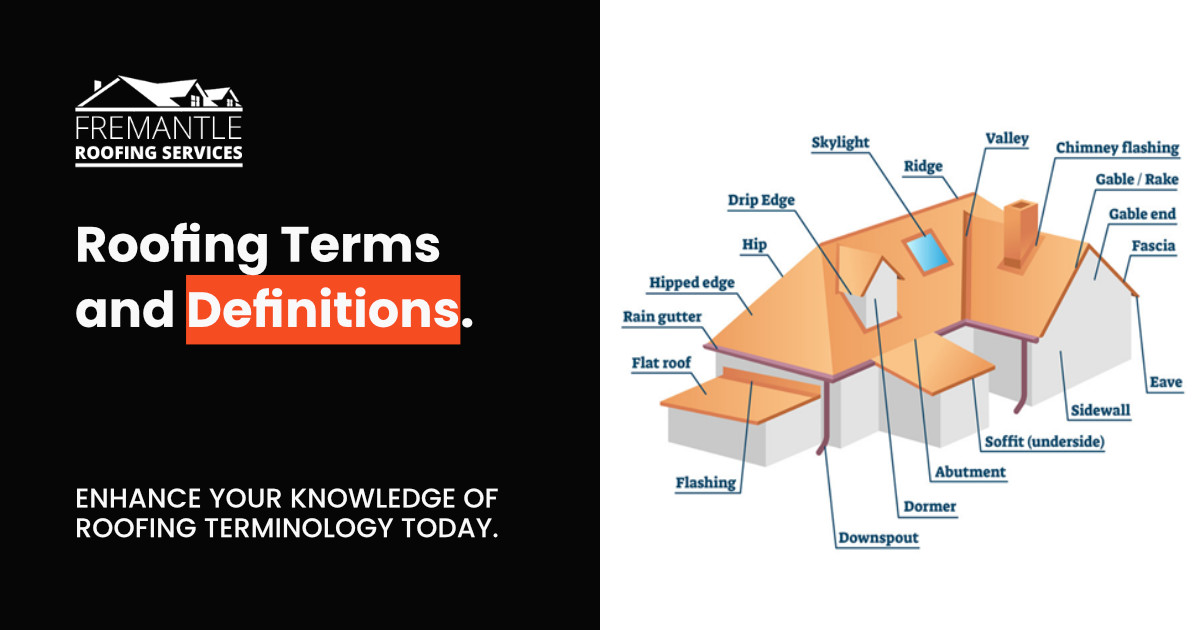

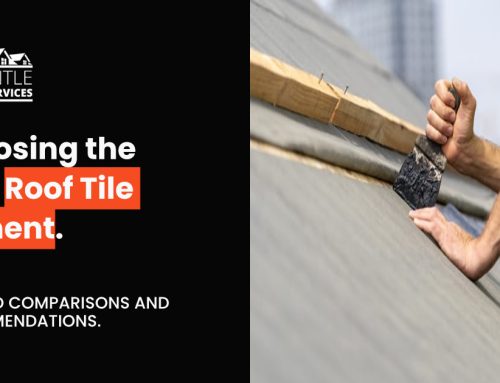
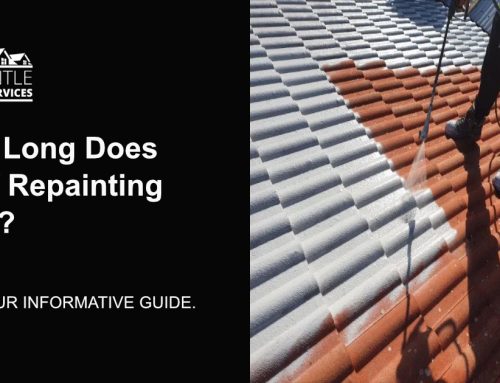
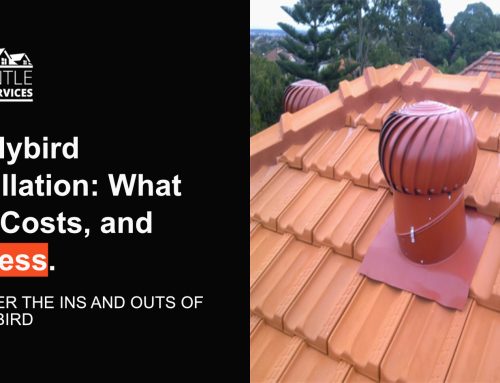
Leave A Comment